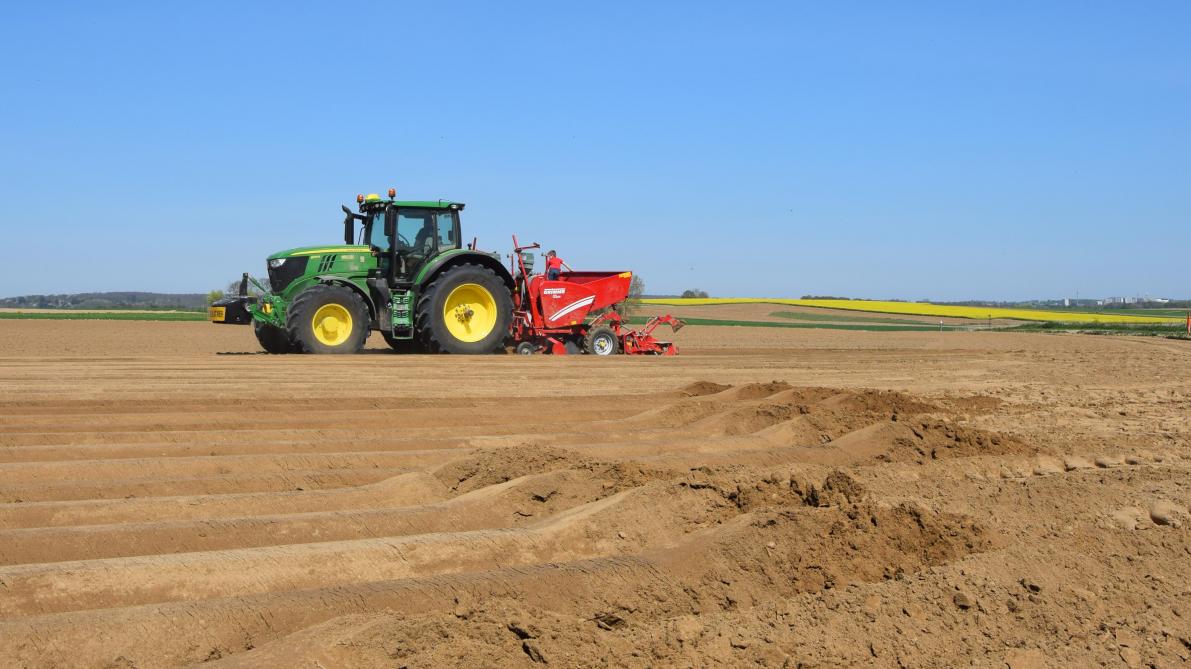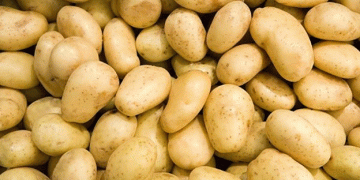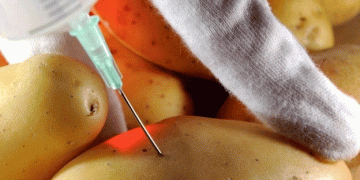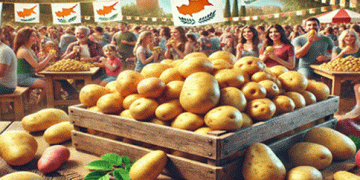Potato growers should calculate their cultivation costs before signing contracts.
The NEPG, the association of North-West European potato growers from Belgium, the Netherlands, Germany and France, stated in a statement at the end of January that costs for potato growers have increased enormously, but also that ‘potato country’ is sometimes difficult to find.
The last few months have shown a sharp rise in costs. Not just energy, fertilizers and crop protection products. Labor, construction prices, machines and maintenance have also become considerably more expensive. The rent of land has not only increased, but ‘potato land’ is sometimes impossible to find. Very recent tightening of rental conditions in Flanders could also influence developments in neighboring France and Wallonia, according to the NEPG.
Acknowledge and Appreciate
The latest contract prices recently released from processing are in most cases slightly higher than those published at the end of last year. Prices are usually 2.5 to 4.0 €/100 kg higher, depending on country, buyer, delivery period and varieties. Some cover the much higher production costs that growers incur, others do not. The reluctance of growers to sign the new contracts has prompted some processors to adjust their price tables to try and convince more farmers.

Conditions not always named
Contract terms are more important than price tables, but these are often missing or incomplete. Major shortcomings in contract conditions are in the area of ’force majeure’ and the distribution of burdens and risks between growers and processors. Consequences of climate change, stricter crop protection products and sustainable development throughout the potato chain are usually not mentioned.
With the (upcoming) new EU regulations for the greening of agriculture (CAP), a lot of new challenges arise. Potato growers believe that buyers and society as a whole should also take responsibility. In addition to growers, the rest of the potato chain must take responsibility if they want a steady and sufficiently large flow of potatoes. NEPG urges growers to do a proper calculation of production costs before signing anything. Average production costs give an indication, but individual calculations are necessary to make a decision.
What is the effect of the disappearance of CIPC?
CIPC is cheaper than the other means, so we are at an unfair disadvantage compared to the Americans. For example, in Japan, where there is also a growing demand for our potato products, 1.4SIGHT is not yet known as a replacement for CIPC. Therefore, its use there still has to be approved, which entails a whole administration and therefore delays. The figures for the pilots are also very good.
In a sampling plan, 2,000 sheds were sampled across Europe, 930 of which were in Belgium. There are very few pilots who go over the border. The farmers have done a great job. Now it is just a matter of doing additional research into the new resources and how to use them. For now, I think the ban on CIPC has made little difference outside of a higher cost.

– Photo: TD
Need increases
Several companies and processors have invested and are still investing in new or renovated production lines in the NEPG zone. These investments show that there are positive expectations with regard to the sales market for processed products.
Over the past 2 decades, the development of potato acreage has been driven by a growing demand for processed products. Next year could be a turning point: processors still want more potatoes, but growers are reaching limits. They no longer have the opportunity to produce any more as a result of too little available ‘potato land’, too high production costs, declining yields under pressure from climate change, and so on.
Our ‘potato world’ is moving from a demand crisis to a supply crisis. The NEPG wonders whether our producers are just as eager to produce potatoes in the coming years as they were 5 or 10 years ago?






